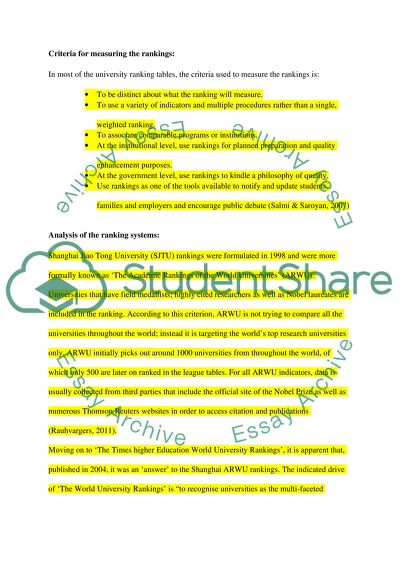Cite this document
(“The Methodology of Three International University Ranking Systems Essay”, n.d.)
Retrieved from https://studentshare.org/education/1430802-compare-and-contrast-the-methodology-of-three
Retrieved from https://studentshare.org/education/1430802-compare-and-contrast-the-methodology-of-three
(The Methodology of Three International University Ranking Systems Essay)
https://studentshare.org/education/1430802-compare-and-contrast-the-methodology-of-three.
https://studentshare.org/education/1430802-compare-and-contrast-the-methodology-of-three.
“The Methodology of Three International University Ranking Systems Essay”, n.d. https://studentshare.org/education/1430802-compare-and-contrast-the-methodology-of-three.


